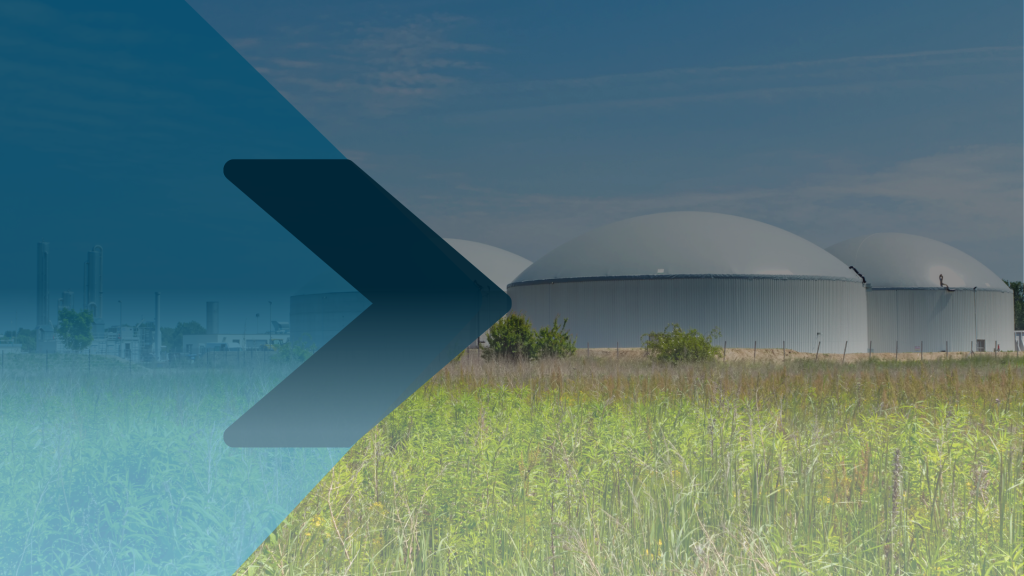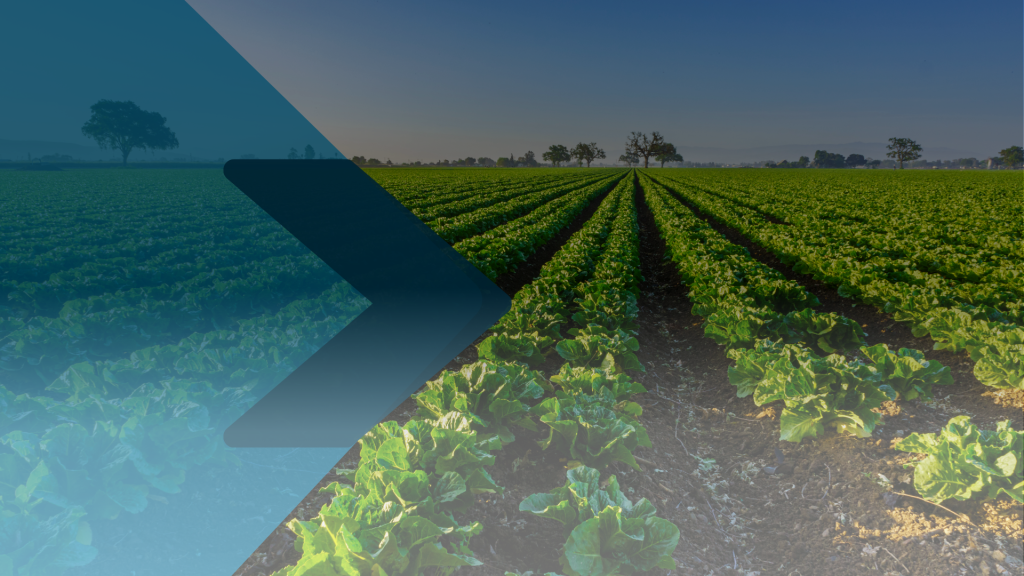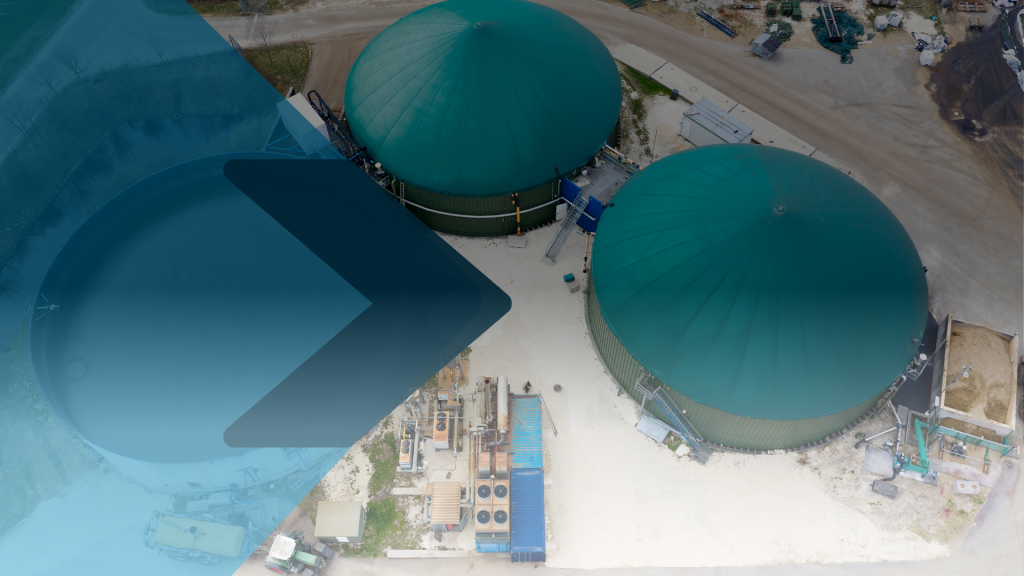Anaerobic Digestion
What is Anaerobic digestion?
Anaerobic digestion is a biological process in which microorganisms break down organic matter in the absence of oxygen. This natural process occurs in environments such as swamps, landfills, and the digestive systems of animals. Anaerobic digestion is widely used in waste management and renewable energy production, converting organic waste into biogas and digestate. Biogas, primarily composed of methane and carbon dioxide, can be used as a renewable energy source, while digestate serves as a nutrient-rich fertilizer. This process is crucial in reducing greenhouse gas emissions, managing organic waste efficiently, and producing sustainable energy.
How Anaerobic digestion work?
The anaerobic digestion process involves several biological and chemical reactions that decompose organic materials into useful byproducts. The process occurs in an oxygen-free environment inside a digester, where microorganisms facilitate the breakdown of organic matter. This controlled decomposition results in the production of biogas and digestate, which can be utilized for various applications. The efficiency of anaerobic digestion depends on factors such as temperature, pH levels, and the composition of the organic material being processed.
The process consists of the following steps:
- Organic Material Input: Organic waste, such as food scraps, manure, and agricultural residues, is collected and fed into the anaerobic digester.
- Microbial Breakdown: Microorganisms decompose complex organic matter through a series of biochemical reactions in an oxygen-free environment.
- Biogas Production: Methane, carbon dioxide, and other gases are generated during the digestion process, forming biogas.
- Digestate Formation: The remaining material, known as digestate, is a nutrient-rich substance that can be used as fertilizer.
- Energy and Resource Utilisation: The biogas is captured and utilized for energy production, while the digestate is applied to agricultural fields to enhance soil fertility.
Anaerobic digestion is an essential process for sustainable waste management and renewable energy production. By utilizing organic waste efficiently, it contributes to environmental sustainability and economic benefits. As technology advances, anaerobic digestion continues to play a pivotal role in achieving a circular economy and a greener future.
Learn More about Anaerobic digestion

- Derwent House, 42-46 Waterloo Road, Wolverhampton, WV1 4XB
- Tel: 01902-458-501
- Email: info@membracon.co.uk
Follow Us
Join our online community to see the latest news around Membracon and our sustainable solutions .
Our Products
- Anode Cells for Electrocoating
- Ultrafiltration Membrane System
- RO Membranes and Systems
- UV Bacterial Control
- Effluent Treatment
- Liquid Filtration Solutions
- Process Tank Integrity Check
- Rectifier



